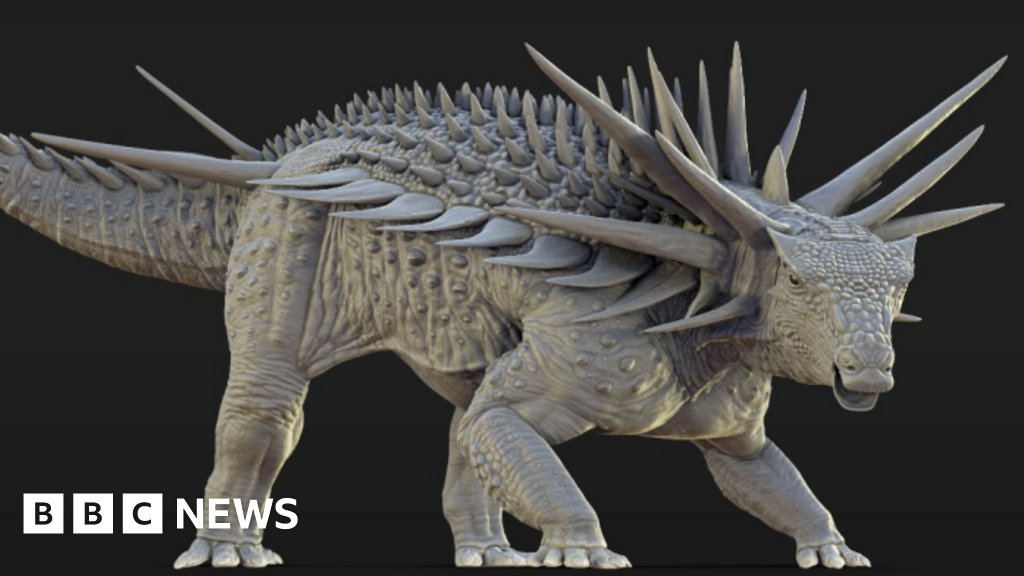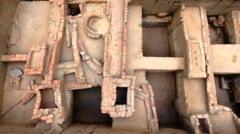In a dense forest near Wawa, Ontario, a remarkable archaeological find has emerged from obscurity: a runestone carved with 255 intricate runes and the depiction of a boat. This unique artifact, which was hidden beneath soil and roots until two trees fell, is prompting questions about its makers and their intentions.
Initially discovered on private property in 2015, the stone remained hidden until the tree collapse brought it back to light. Experts quickly ruled out connections to Viking settlers, who are known to have established only one confirmed presence in North America, located in Newfoundland. The researchers have also dismissed suggestions that the stone is a forgery, distinguishing it from the infamous Kensington Runestone, which has been debunked as a 19th-century fraud.
Kristel Zilmer, a runologist from the University of Oslo, stated that the stone represents a remarkable archaeological find. “It shows how such knowledge sometimes traveled with people, leaving behind unexpected artifacts,” she explained. Archaeologist Ryan Primrose, who investigated the site, expressed his surprise at encountering such an artifact in his career.
The research team is now calling on the public for assistance in deciphering the runes and uncovering the context of this fascinating discovery, as they work to fill in the blanks about its historical significance.
Initially discovered on private property in 2015, the stone remained hidden until the tree collapse brought it back to light. Experts quickly ruled out connections to Viking settlers, who are known to have established only one confirmed presence in North America, located in Newfoundland. The researchers have also dismissed suggestions that the stone is a forgery, distinguishing it from the infamous Kensington Runestone, which has been debunked as a 19th-century fraud.
Kristel Zilmer, a runologist from the University of Oslo, stated that the stone represents a remarkable archaeological find. “It shows how such knowledge sometimes traveled with people, leaving behind unexpected artifacts,” she explained. Archaeologist Ryan Primrose, who investigated the site, expressed his surprise at encountering such an artifact in his career.
The research team is now calling on the public for assistance in deciphering the runes and uncovering the context of this fascinating discovery, as they work to fill in the blanks about its historical significance.




















